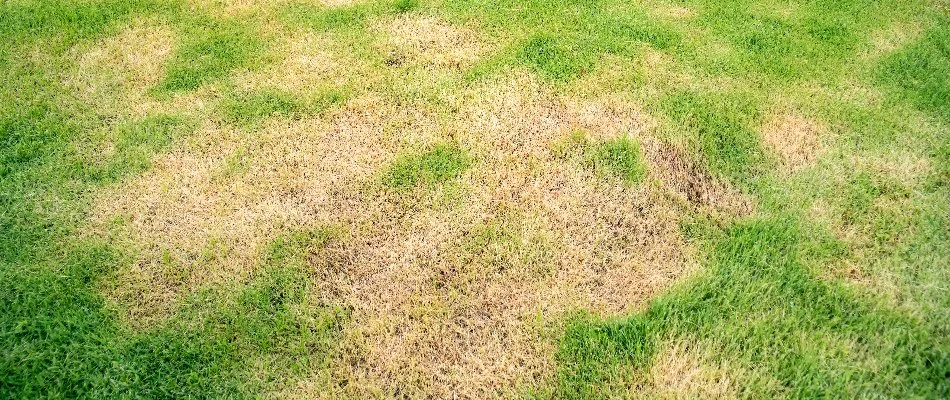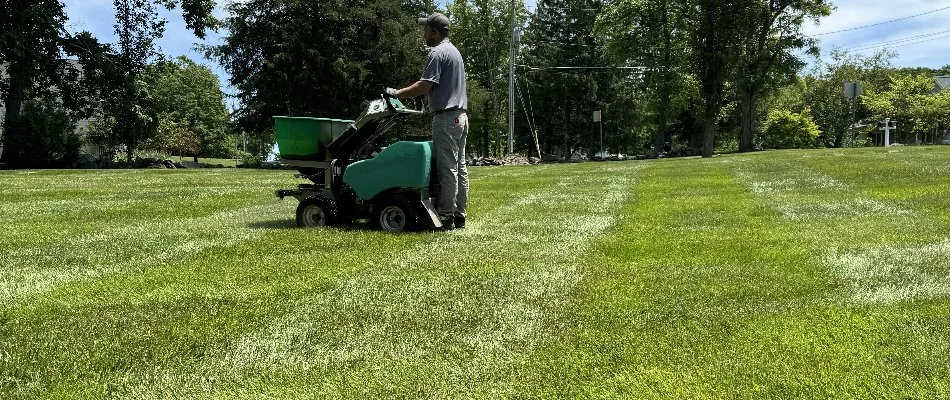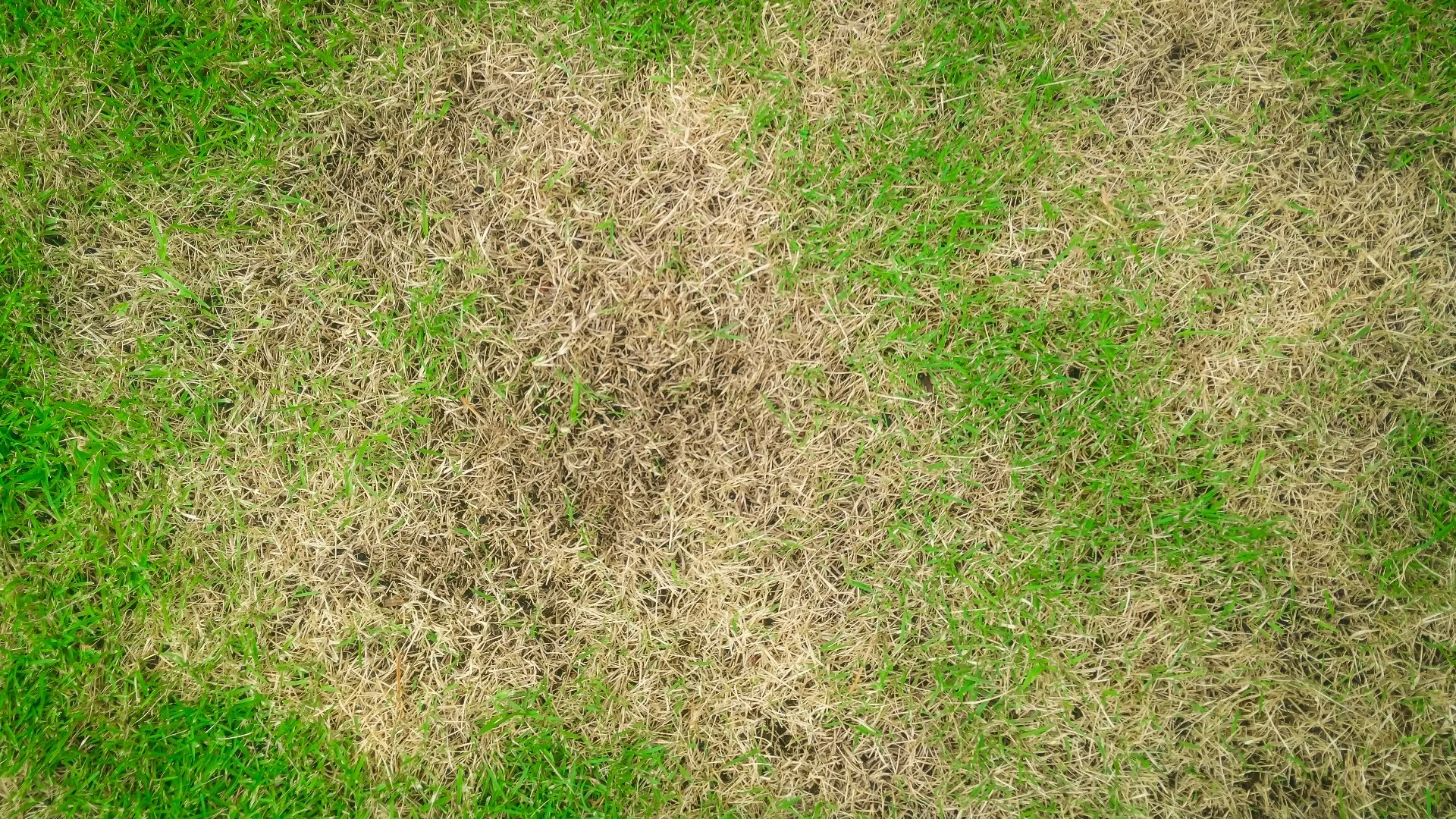Brown patch is a common lawn disease in Maryland that can cause significant damage to your turf. It is caused by a fungus that thrives in hot, humid weather, especially during the summer months. If left untreated, brown patch can quickly spread and kill large areas of your grass. If you see signs of this disease on your lawn, contact lawn care professionals quickly. They'll be able to confirm if your lawn is indeed infected with brown patch, determine the extent of the issue, and apply the appropriate curative treatment to get rid of it. Once the disease has been taken care of, the next thing you'll want to focus on is helping your grass recover. Investing in lawn care services like fertilization, aeration, and overseeding will boost the recovery of your turf and restore its lush, vibrant appearance.
What is brown patch, and what kind of damage can it cause?

Brown patch is a fungal disease that affects cool-season grasses, such as tall fescue, Kentucky bluegrass, and perennial ryegrass. It is most prevalent during the summer months when daytime temperatures reach 80 to 90 degrees Fahrenheit and humidity levels are high. This disease also flourishes if your lawn in Maryland has excessive moisture because of improper watering practices and poor drainage. The fungus that causes brown patch lives in the soil and can remain dormant for long periods until conditions are right for it to become active.
The first sign of brown patch is usually small, circular patches of brown grass that appear overnight. These patches may be surrounded by a darker ring or halo. As the disease progresses, the patches will enlarge and merge, creating large areas of dead, thin grass.
If you suspect your lawn is suffering from brown patch, contact professionals.
If you suspect your lawn is suffering from brown patch, it's important to act quickly to prevent the disease from spreading. The best way to do this is by contacting a professional lawn care company that specializes in treating lawn diseases. They will be able to confirm whether your lawn is infected with brown patch and provide the necessary treatment to stop it in its tracks.
Curative treatments for brown patch typically involve applying a fungicide to your lawn. This will kill the fungus and prevent it from causing further damage. However, it's important to note that fungicides will not repair any damage that has already been done to your lawn. That's why it's crucial to catch the disease early and begin treatment as soon as possible.
After brown patch has been treated, you will need lawn care services to help your lawn recover.

Once brown patch has been treated, you'll need to focus on helping your lawn recover from the damage. This involves scheduling regular lawn care services to ensure your grass has the nutrients and support it needs to grow back healthy and strong.
- Lawn fertilization is one of the most important services for helping your lawn recover from brown patch. Fertilizers provide your grass with the right balance of nutrients that will promote healthy growth and repair any damage caused by this disease.
- Aeration involves removing small plugs of soil from your lawn to allow air, water, and nutrients to reach the roots. This will help your lawn bounce back from the stress of the disease and encourage stronger root development.
- Overseeding involves spreading grass seeds over your lawn to fill in any bare or thin areas. The new grass will help crowd out any remaining fungus and improve the overall health and appearance of your lawn.
Contact us today to schedule our brown patch control service!
At Liqua-Grow Turf, we offer a brown patch control service that will address your brown patch-stricken lawn. Both curative and preventative treatments are available to stop the disease in its tracks and prevent it in the future. We offer this service to commercial and residential property owners, as well as HOAs, in Westminster, Eldersburg, Ellicott City, and surrounding areas in Maryland. Give us a call today at (410) 795-7900 to schedule this service!



Comments (0)
Thanks for your comment!
Thanks for your feedback! Your comments have been successfully submitted! Please note, all comments require admin approval prior to display.
Error submitting comment!
There is a problem with your comment, please see below and try again.